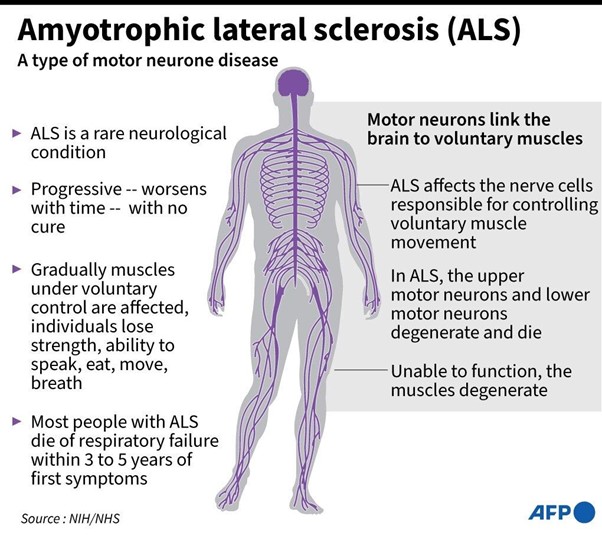A nurse is updating the plan of care for a client who has amyotrophic lateral sclerosis with dysphagia. Which of the following interprofessional team members should the nurse identify as the priority to consult?
Dietitian
Physical therapist
Speech-language pathologist
Occupational therapist
The Correct Answer is C
Choice A option:
Dietitian should not be consulted: The dietitian is an essential team member and will work closely with the client to ensure proper nutrition and dietary management. However, in the context of dysphagia, the speech-language pathologist's expertise is needed to determine safe swallowing strategies and food modifications.
Choice B option:
Physical therapist should not be consulted: The physical therapist focuses on maintaining and improving the client's physical function and mobility. While important in ALS management, the physical therapist's role is not directly related to the immediate issue of dysphagia.
Choice C option:
The speech-language pathologist is the correct answer because it specializes in assessing and treating communication and swallowing disorders. In this case, the speech-language pathologist is essential in evaluating the client's swallowing function, recommending appropriate dietary modifications (texture and consistency of foods), and implementing swallowing exercises or strategies to improve swallowing safety.
Choice D option:
Occupational therapist should not be consulted: The occupational therapist assists clients in regaining or maintaining independence in daily living activities. While the occupational therapist may address some aspects of mealtime activities and adaptive strategies, the speech-language pathologist is more specialized in evaluating and treating swallowing difficulties in clients with ALS.

Nursing Test Bank
Naxlex Comprehensive Predictor Exams
Related Questions
Correct Answer is B
Explanation
A is incorrect because massaging bony prominences on the client's left side can increase the risk of skin breakdown and pressure ulcers. The nurse should avoid applying pressure to areas with impaired circulation or sensation.
B is correct because supporting the client's left arm on a pillow while sitting can prevent edema, contractures, and nerve damage. The nurse should also encourage the client to perform active and passive range of motion exercises on their left arm.
C is incorrect because positioning the bedside table on the client's left side can discourage the client from using their right side, which can lead to neglect and learned nonuse. The nurse should position the bedside table on the client's right side and encourage them to reach for items with their right hand.
D is incorrect because placing the client's cane on their left side while ambulating can cause instability and falls. The nurse should place the cane on the client's right side and instruct them to move their left leg and cane together, followed by their right leg.
Correct Answer is A
Explanation
A is correct because it is a direct and respectful way of addressing the issue with the nurse who is violating the unit policies. It also opens up a dialogue for possible solutions and feedback.
B is incorrect because it is a threatening and punitive statement that does not address the root cause of the problem or offer any constructive feedback.
C is incorrect because it is a passive-aggressive and guilt-inducing statement that does not clearly communicate the expectations or consequences of violating the unit policies.
D is incorrect because it is an irrelevant and deflecting statement that does not address the issue of taking an extended amount of time for break.
Whether you are a student looking to ace your exams or a practicing nurse seeking to enhance your expertise , our nursing education contents will empower you with the confidence and competence to make a difference in the lives of patients and become a respected leader in the healthcare field.
Visit Naxlex, invest in your future and unlock endless possibilities with our unparalleled nursing education contents today
Report Wrong Answer on the Current Question
Do you disagree with the answer? If yes, what is your expected answer? Explain.
Kindly be descriptive with the issue you are facing.
